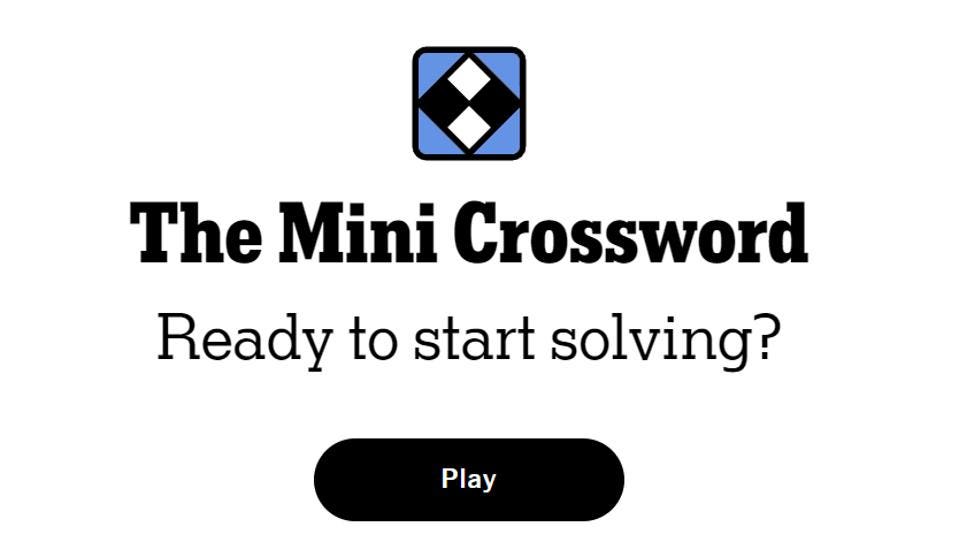Non-invasive prenatal testing, or NIPT, now shapes critical decisions for millions of families each year, with over 1 million expectant parents worldwide using these tests.
Image by freepik
Non-invasive prenatal testing, or NIPT, now shapes critical decisions for millions of families each year, with over 1 million expectant parents worldwide using these tests. These tests can reveal life-changing health information about a baby long before birth. However, the process often comes with high costs, complex paperwork and confusion instead of clarity.
Genetic testing decisions during pregnancy carry consequences that extend far beyond the expectant parents. Each choice can shape the health and privacy of their children and the wider family for years to come. Without clear consent forms and unbiased information, families risk misunderstanding the stakes and making decisions that may not reflect their values or best interests. As genetic testing becomes routine worldwide, protecting families starts with ensuring everyone has the information and support to make truly informed, ethical choices.
Prenatal DNA Testing Changes Pregnancy Decisions
Non-invasive prenatal testing is a blood test that can be done as early as 10 weeks into pregnancy. It looks for pieces of a baby’s DNA in the mother’s blood to check the chance of conditions like Down syndrome. Unlike older prenatal tests, such as amniocentesis, which use a needle to take a sample from around the baby and carry a small risk of miscarriage, NIPT only requires a regular blood draw from the mother’s arm.
The test relies on small DNA fragments from the placenta, which closely reflect the baby’s chromosomes, mixing with the mother’s own cell-free DNA in her blood. Analyzing this mixture allows the lab to estimate the chance that the baby has certain chromosomal conditions. This safety and simplicity make NIPT a popular choice for families who want early information about their baby’s health.
NIPT does not always provide a clear yes-or-no answer. Like other genetic tests, NIPT provides probabilities, not certainties. It tells parents how likely their baby is to have certain genetic conditions. Sometimes the test can also pick up health issues in the mother or reveal unexpected family connections.
This is different from the routine “heel stick” test most babies get after birth, where a small blood sample from the baby’s heel checks for treatable conditions like cystic fibrosis or sickle cell disease. The heel stick helps find health problems that doctors can treat right away, while NIPT provides early clues about certain genetic conditions months before a baby is born. Even though the science behind these tests continues to advance, the support and explanations for parents have not always kept pace.
Expecting Parent Checklist: Navigating Prenatal DNA Tests
A University of South Australia analysis of NIPT provider documentation found that consent forms frequently contain technical jargon, fine print and marketing language that may prioritize sales over clarity. Many parents do not receive adequate explanations about the test or the follow-up steps required. This lack of clear information can hinder informed decision-making and increase stress for families.
These challenges are global. In the United States, commercial laboratories offer these tests. This leads to variability in costs, insurance coverage and the quality of the information provided. Many parents report confusion regarding consent documentation and difficulty interpreting test results. In Europe, NIPT is becoming standard practice, but approaches to consent, equity and regulatory oversight differ across countries. In low and middle-income regions, limited access and reliable information exacerbate health disparities.
Ethics of Prenatal Testing: Who Decides and What’s at Stake
Informed consent is a fundamental principle in medical ethics. Patients require clear information about procedures, risks, limitations, results and subsequent steps. Consent extends beyond a signature; it ensures that decisions reflect the patient’s values and preferences.
Consent for NIPT introduces complex ethical considerations. Parents make decisions that affect not only their unborn child but potentially other family members. Test results may reveal genetic information about siblings or parents, or uncover unexpected familial relationships. Because unborn children cannot express preferences, parents must determine whether obtaining this information serves the child’s best interests.
Taking that a step further, NIPT results may also reveal personal information beyond the baby and the parents. This includes genetic risks that could affect siblings, grandparents or other relatives. This creates a tough question for parents: Should they share what they’ve learned with their family, or keep it private to protect their child’s privacy? Sharing the information might help relatives make their own health decisions, but it could also raise concerns or cause worry. Deciding what to do means carefully weighing family privacy, the right to know and what is truly best for the child and the whole family.
These scenarios present significant personal and ethical challenges. Experts emphasize that informed consent for NIPT requires adequate time for parental reflection, open discussion of the implications of genetic information and comprehensive support during decision-making.
Genetic Testing Inequality: Who Misses Out and Why It Matters
As genetic testing expands in the United States, the United Kingdom and Asia, concerns about access, equity and privacy intensify. Understanding a child’s health often depends on financial resources, insurance coverage and health literacy. As technology evolves, health systems must address equitable access and data protection. The ongoing debate centers on trust, fairness, privacy and inclusion within a rapidly changing healthcare landscape.
Researchers and medical ethics experts recommend developing clear, standardized NIPT request forms to facilitate values-based discussions between clinicians and parents. Written consent materials should be accompanied by comprehensive pre-test counseling. Standardized consent processes support patient dignity, autonomy and well-being.
How To Protect Families as Prenatal DNA Testing Grows
NIPT provides parents with valuable information and choices, but unclear or inequitable processes can limit these benefits. As genetic testing becomes standard practice, Australia’s experience underscores the need for transparent information, comprehensive support and policies centered on family needs. Healthcare leaders, policymakers and clinicians should prioritize improvements in consent procedures, transparency and equitable support to ensure all families can make informed prenatal decisions.









